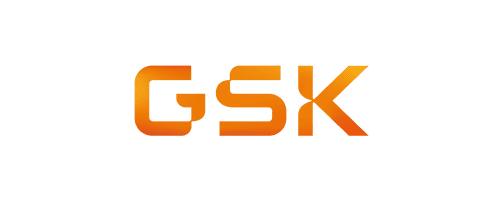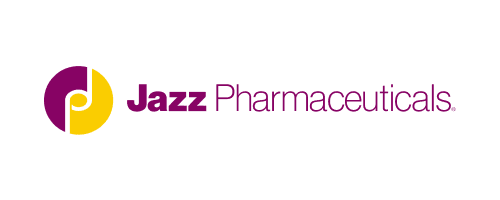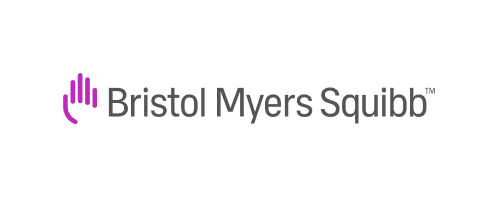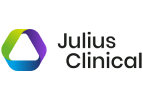An Inside Look at GSK’s Successful
CTMS Modernization Journey
A clinical trial management system (CTMS) is often referred to as the heart of clinical operations. Changing that system can feel intimidating. But, replacing a legacy CTMS can help biopharmas build a strong foundation for innovation by:
- Increasing study team efficiency
- Eliminating disparate systems
- Streamlining tasks for end-users
- Enabling smart automation
GSK embarked on an expansive CTMS modernization journey. Using a phased approach over three years, the company migrated over 6 million records from 1,500 active studies and trained over 4,500 users before go-live. “It was quite an emotional journey for me,” says Gary Denman, CTMS business owner at GSK. Denman managed GSK’s legacy CTMS for years before upgrading to Veeva CTMS. “Moving to Veeva was a transformational change – and that’s a term I don’t use lightly. It was an opportunity to elevate my life’s work and put it into an entirely new system to help our teams.”
Now that GSK has reached what Denman calls a “steady state” in their CTMS transformation, the GSK team shares some key learnings from their experience. Denman notes, “Veeva provides a modern unified technology platform that allowed us to rethink our processes and optimize all of clinical operations.” Tony Lewis, GSK’s director of trial operations and CTMS product owner, adds, “Adopting Veeva CTMS was not just about implementing the end product and enjoying the benefits that came with it, but building a successful foundation for the future of GSK clinical trial efficiency, accuracy, and visibility.”
“Adopting Veeva CTMS was not just about implementing the end product and enjoying the benefits that came with it, but building a successful foundation for the future of GSK clinical trial efficiency, accuracy, and visibility.” – Tony Lewis, director of trial operations and CTMS product owner, GSK
Challenges with legacy CTMS
GSK’s legacy CTMS served its needs for nearly two decades. But, with continued growth, the technology could no longer handle evolving requirements. Past workarounds to make clinical operations systems function together were no longer sufficient and issues such as security vulnerabilities and a lack of system upgrades led the team to explore modern options. For Denman, this change wasn’t just about technology. “This was deeply personal for me as the CTMS business owner. I spent much of my career developing and supporting our legacy system. Transitioning to a new CTMS meant focusing on the future.”
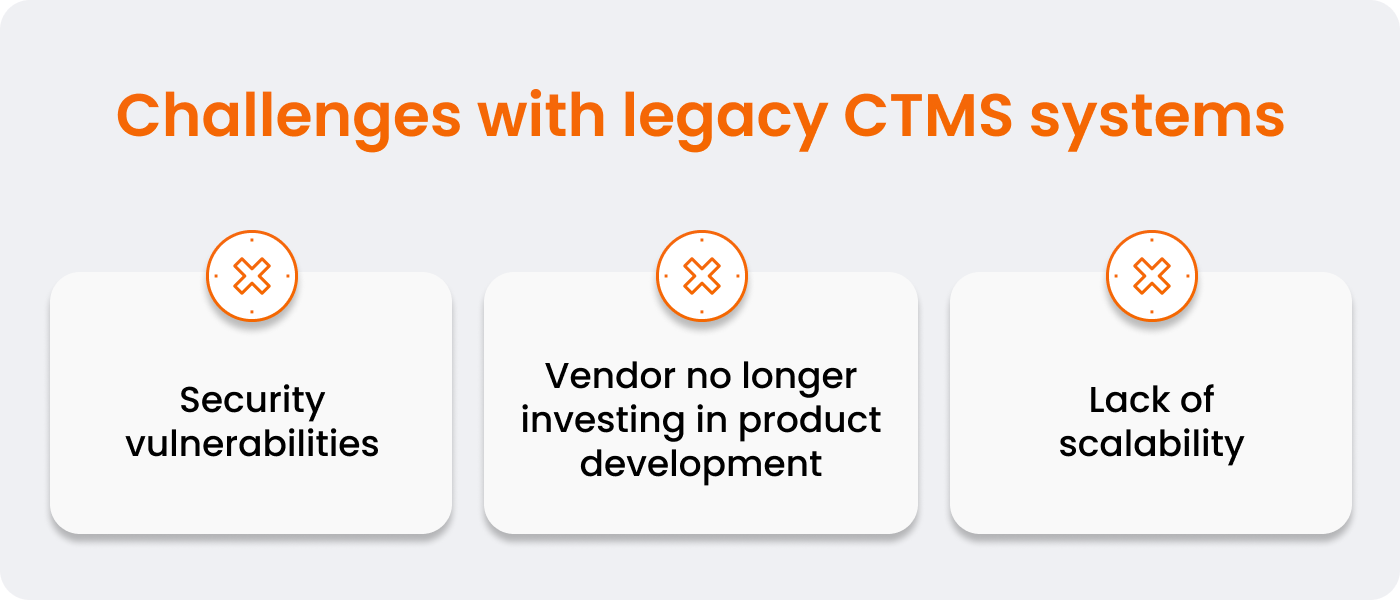
Since the company already leveraged Veeva Quality Cloud, Veeva RIM, Veeva Clinical Data, and Veeva eTMF, “Veeva CTMS felt like a natural choice for GSK to complete the clinical platform and achieve the benefit of standardized processes,” says Lewis. The switch helped GSK eliminate over 100 integrations from its legacy CTMS and consolidate the overwhelming volumes of data from these systems.
For Lewis, ensuring business continuity was critical throughout this transition. “All of our preparation and continuity planning ensured a smooth transition,” he says. “You cannot communicate enough – with both your business and technology stakeholders.”
“Vault CTMS was a natural choice for GSK to complete the clinical platform and achieve the benefit of standardized processes.” – Tony Lewis, director of trial operations and CTMS product owner, GSK
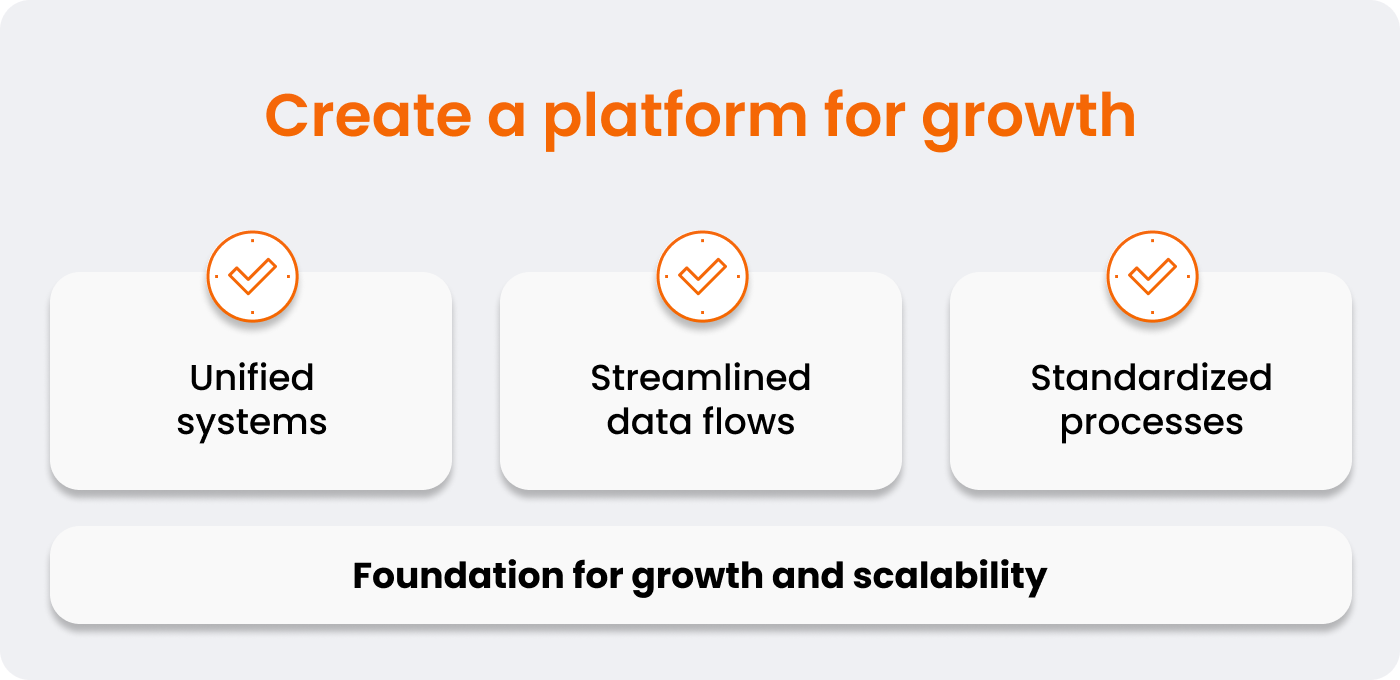
The path toward a modern, unified CTMS
GSK transitioned to Veeva CTMS over three phases. In phase one, Lewis selected three mature studies that no longer enrolled patients for the initial implementation. This allowed the team to test basic Veeva CTMS capabilities without worrying about complex study start-up processes.
With 20 broad studies added to Veeva CTMS in phase two, Lewis aimed to validate system connectivity with Veeva Study Startup for site activation and Veeva RIM for registrations. The team focused on improving internal collaboration and resource coordination to address integration challenges, which arose from gaps in sharing information and assumptions between functional and integration teams. Lewis got leadership support to create 14 teams that focused on designated business processes like clinical trial supply, planning, monitoring, and access management. These teams included GSK business and IT specialists, who ensured that all systems operated smoothly.
Due to improved internal collaboration and interdisciplinary coordination, the team successfully rolled out Veeva CTMS across over 1,500 active studies, trained over 4,500 users, and migrated over 18,000 archived studies. The implementation was successful thanks to the team’s focus on business continuity planning. According to Lewis, “all teams worked very hard to make this happen, and the final transition to Veeva CTMS was very smooth.” Denman notes the emotional change for users and stakeholders, and the importance of supporting them through the process of adapting to a new system. “None of this would have been possible without close collaboration between our tech teams and contributors across the business. It’s been incredible to see this transformational change at GSK.”
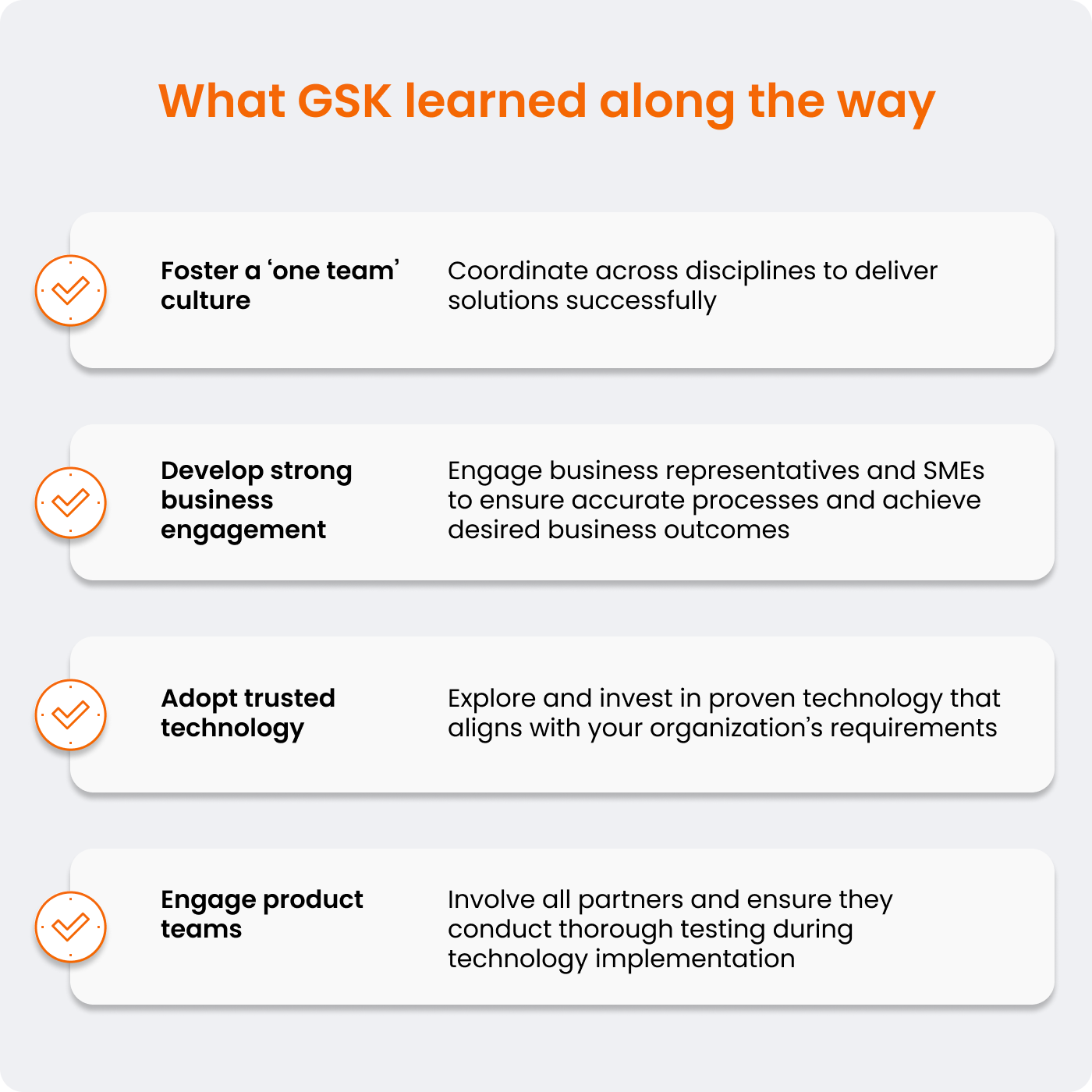
Next steps for GSK
After modernizing CTMS, enhancing site payments was a key initiative for GSK. They selected Veeva Payments due to its seamless unification with Veeva CTMS. “GSK can now better manage payments associated with different trial designs,” says Lewis. “Subject visits and procedures automatically trigger payable items, simplifying payment management.”
As GSK looks to the future, continuously optimizing systems and processes remains a top priority. Part of that journey is encouraging users to think beyond CTMS and educating them on the value of a platform solution. “Operationalizing our processes across Vaults streamlines data access for study teams, simplifying site monitoring and ensuring inspection readiness.”
Learn more about another top 20 biopharma’s clinical transformation journey.
